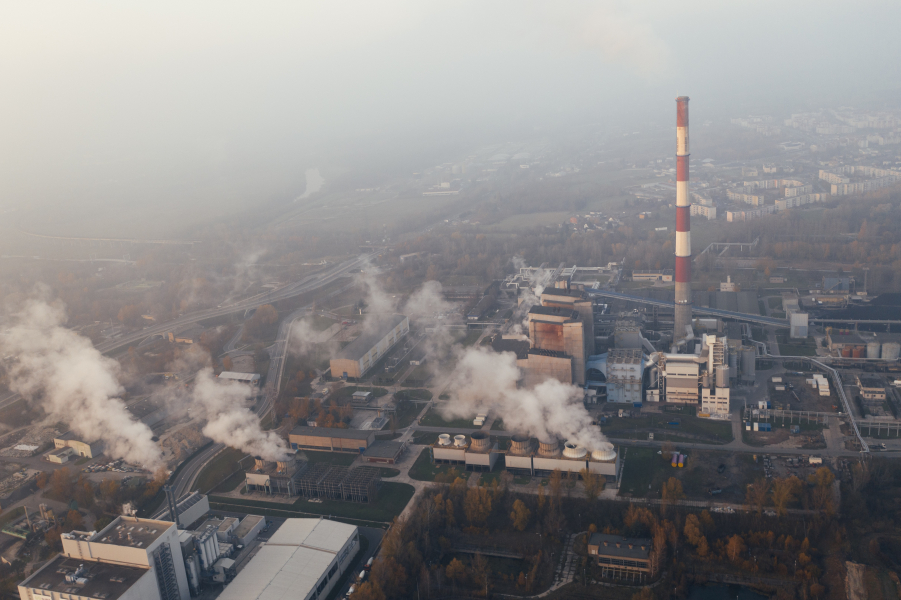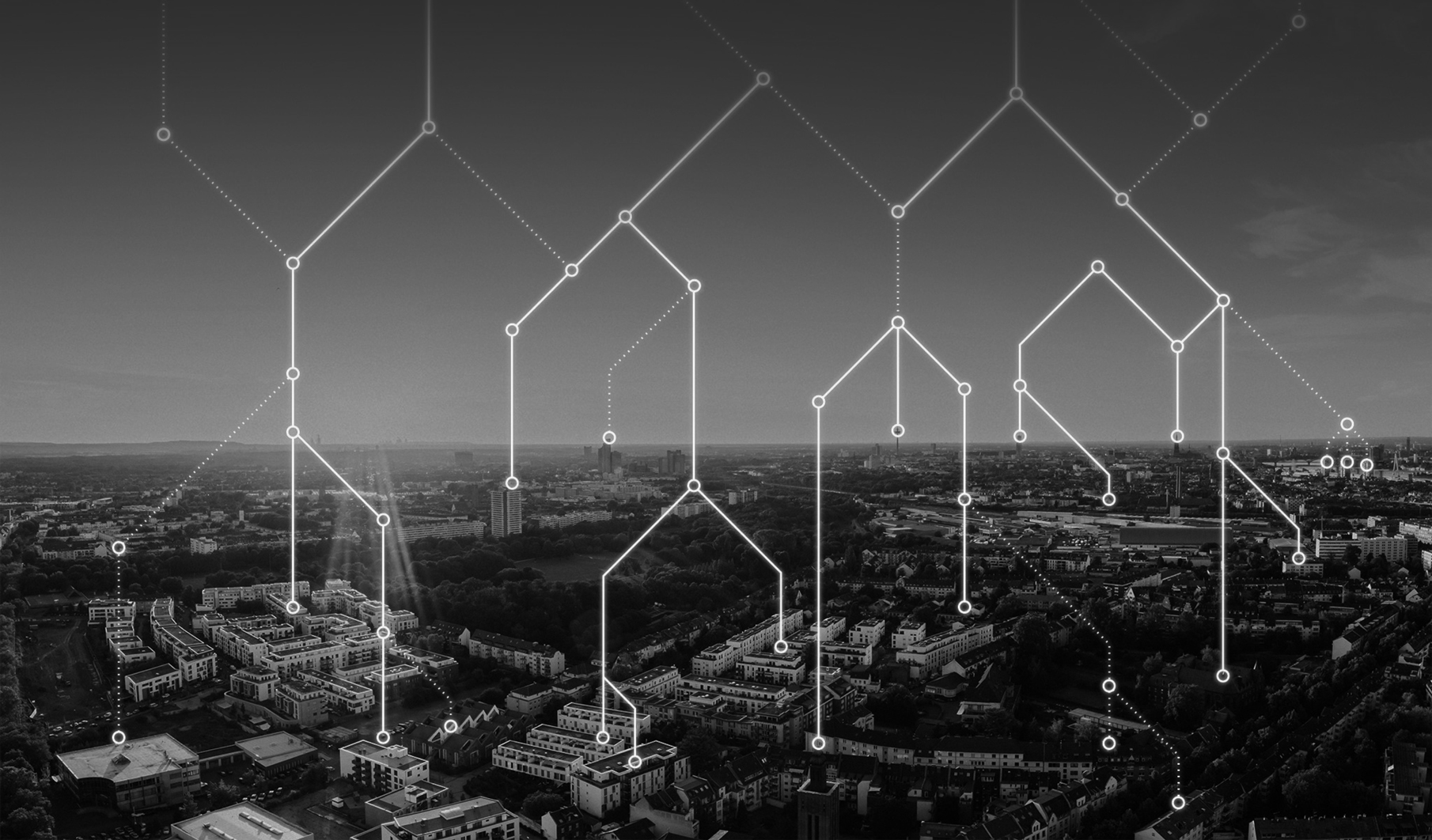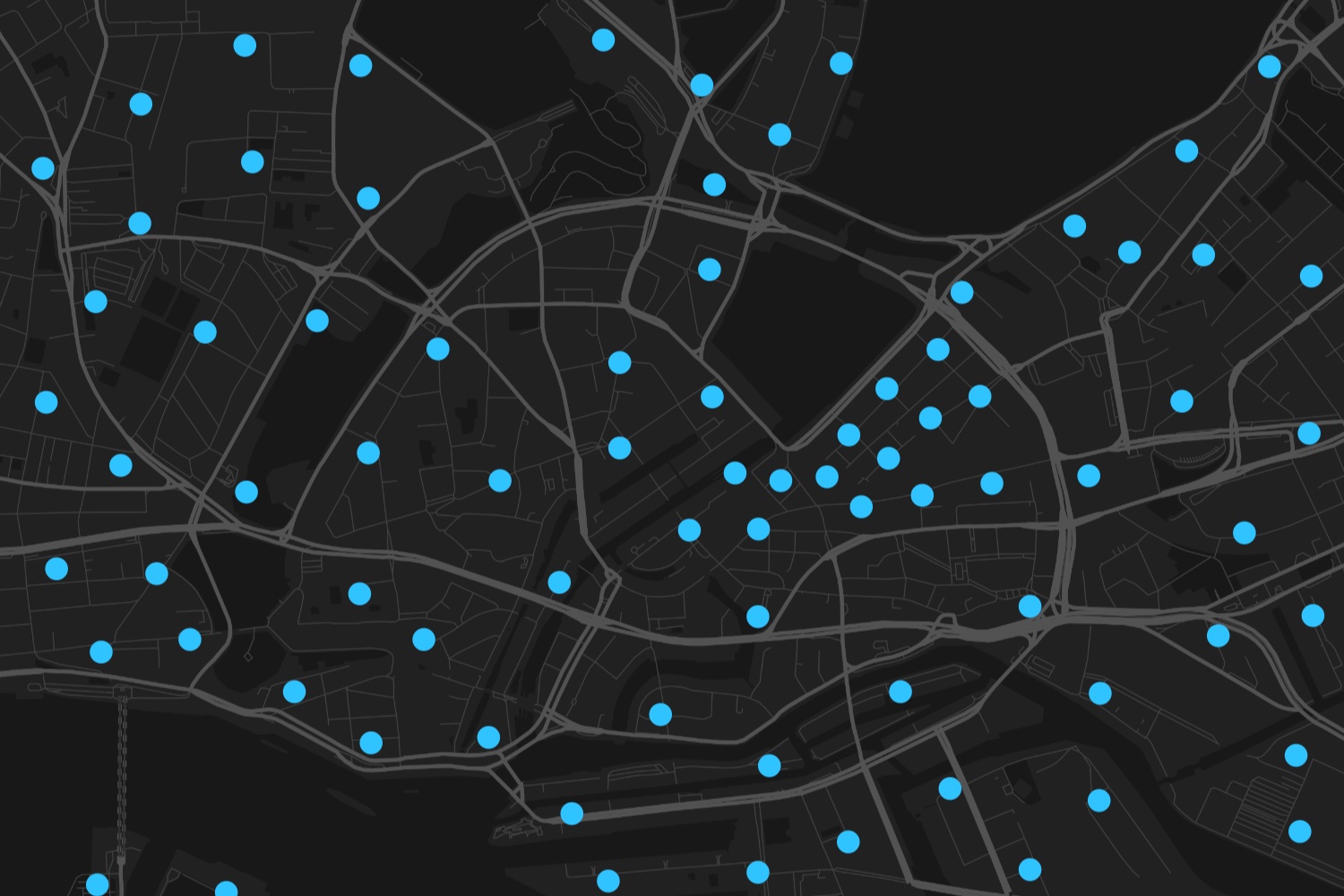
Monitoring air quality
Monitoring air quality
Data collected by modern air sensors provide cities and municipalities with detailed information about the pollution levels of various pollutants at the respective location. In order to ensure that the legally prescribed limit values are complied with, municipalities are obliged to measure the air quality at least at individual locations. However, the more area-wide the measurements are, the more a picture of the actual pollutant load within a municipality emerges. Particularly in combination with other data, for example on traffic flow or green areas, it becomes clear which possible factors influence the air quality at the specific location. Based on these analyses, fact-based measures can in turn be taken to improve the air quality of a city or municipality and thus protect both the health of the population and the environment.
Sustainability check: How does monitoring air quality help?
- Helpful information for measurements to achieve climate targets
- Comprehensive information on air quality enables targeted climate protection measures to be taken
- Better air quality reduces and prevents health risks caused by pollutants in the air
Requirements: What is needed for monitoring air quality?
- Sensors to measure air quality; these can also be installed gradually to cover more and more areas
- Urban data platform to intersect air data with other data
- If desired, other data sources, e.g., data on traffic flow or green spaces
- Ggf. Dashboard zur Visualisierung der Daten
- If desired, dashboard to visualize the data
Our Rating:
Area-wide monitoring of air quality generates data that can be used in many ways: They provide indications for achieving climate protection targets, enable data-based decisions when it comes to traffic control measures such as speed limits, for example, and can be used for various early warning systems. Air sensors can be installed gradually, so initial costs can remain comparatively low. Once the sensors are installed and connected to the data platform, nothing stands in the way of a long-term supply of accurate air quality data.
Which SDGS are addressed?
In order to create globally sustainable structures, the member states of the United Nations have set themselves 17 goals by 2030, which are set out in the 2030 Agenda for Sustainable Development.

Associated challenge(s)

Reduce air pollution levels
- 1 Solution(s)
- 2 Datasource(s)

Protect against forest fires
- 2 Solution(s)
- 3 Datasource(s)
Matching data(sources)
Obtain data(sources) for this solution here:


